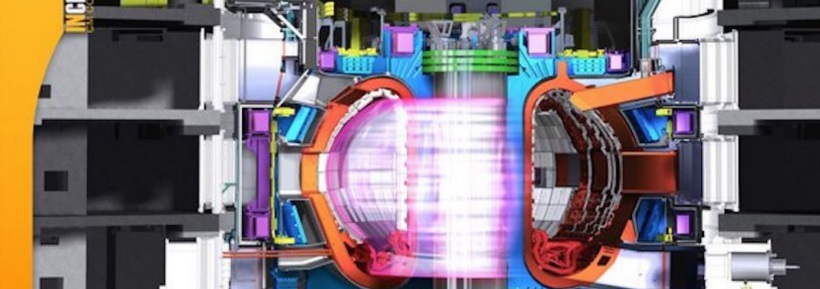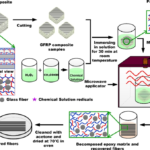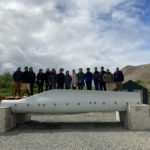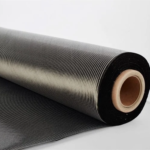Nuclear fusion is the energy of the Sun and stars, and there’s a global race to generate it as an alternative green energy source.
But before researchers get started, they need to ensure that their nuclear fusion reactors can withstand the extreme temperatures produced when hydrogen atoms collide to form helium.
To achieve this, engineers from Spanish company CASA Espacio are applying the engineering tech that they’ve used to build components for satellites, as well as rockets like the Ariane 5, Vega, and Soyuz, to the International Thermonuclear Experimental Reactor—the world’s largest nuclear fusion reactor currently being built in France.
“Forces inside ITER present similar challenges to space,” explained Jose Guillamon, head of commercial and strategy at CASA Espacio, in a European Space Agency blog post.
“We can’t use traditional materials like metal, which expand and contract with temperature and conduct electricity. We have to make a special composite material which is durable and lightweight, non-conductive and never changes shape,” he added.
CASA Espacio is currently using its rocket engineering expertise to make the super-strong composite material rings that will be used to hold giant magnets inside ITER in place.
The company has been developing techniques to embed carbon fibres in resin to create lightweight and strong materials. These are suited to withstanding rocket launches and harsh space conditions for over 15 years. The team is applying the techniques used to build these rocket components to building ITER’s compression rings, which are 5 metres in diameter and have 30×30 cm cross-sections.
Once built, ITER will hopefully generate more energy than is required to run it. One kilogram of fuel from the energy-producing powerhouse would technically be the equivalent of 10,000 tons of fossil fuel. The production of this energy would create no side-effects like pollution or radioactive waste.
In recent months both Germany and China hit nuclear fusion milestones, closing the gap on the sustainable energy dream. So if we have the correct composite materials supporting our nuclear fusion reactors, it might not be long before we’ve strengthened the groundwork that lets us tap into the resources of this elusive green energy source.
Photo’s caption: ITER’s Tokamak. Image: ITER Organization













